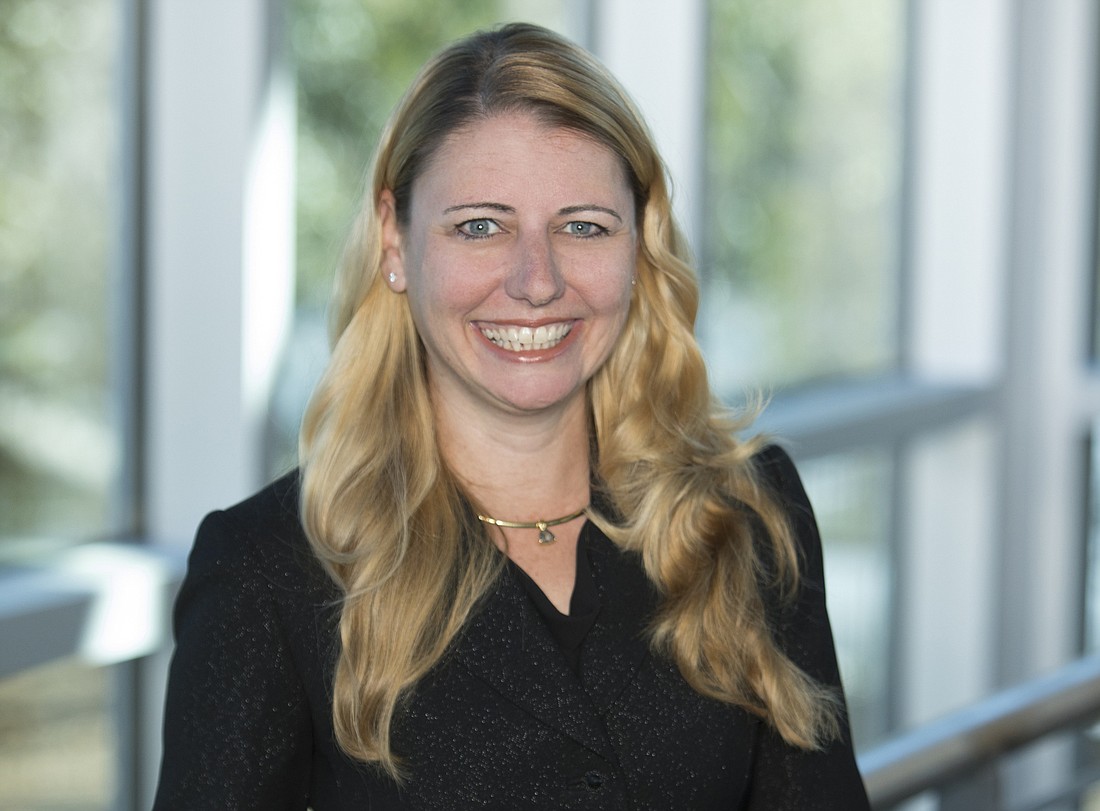- December 15, 2025
-
-
Loading

Loading

In Florida, 2022 might go down as the year of the credit union. An explosion of organic and inorganic growth, along with banking industry consolidation, has seen credit unions flexing their muscles and spreading their wings like never before.